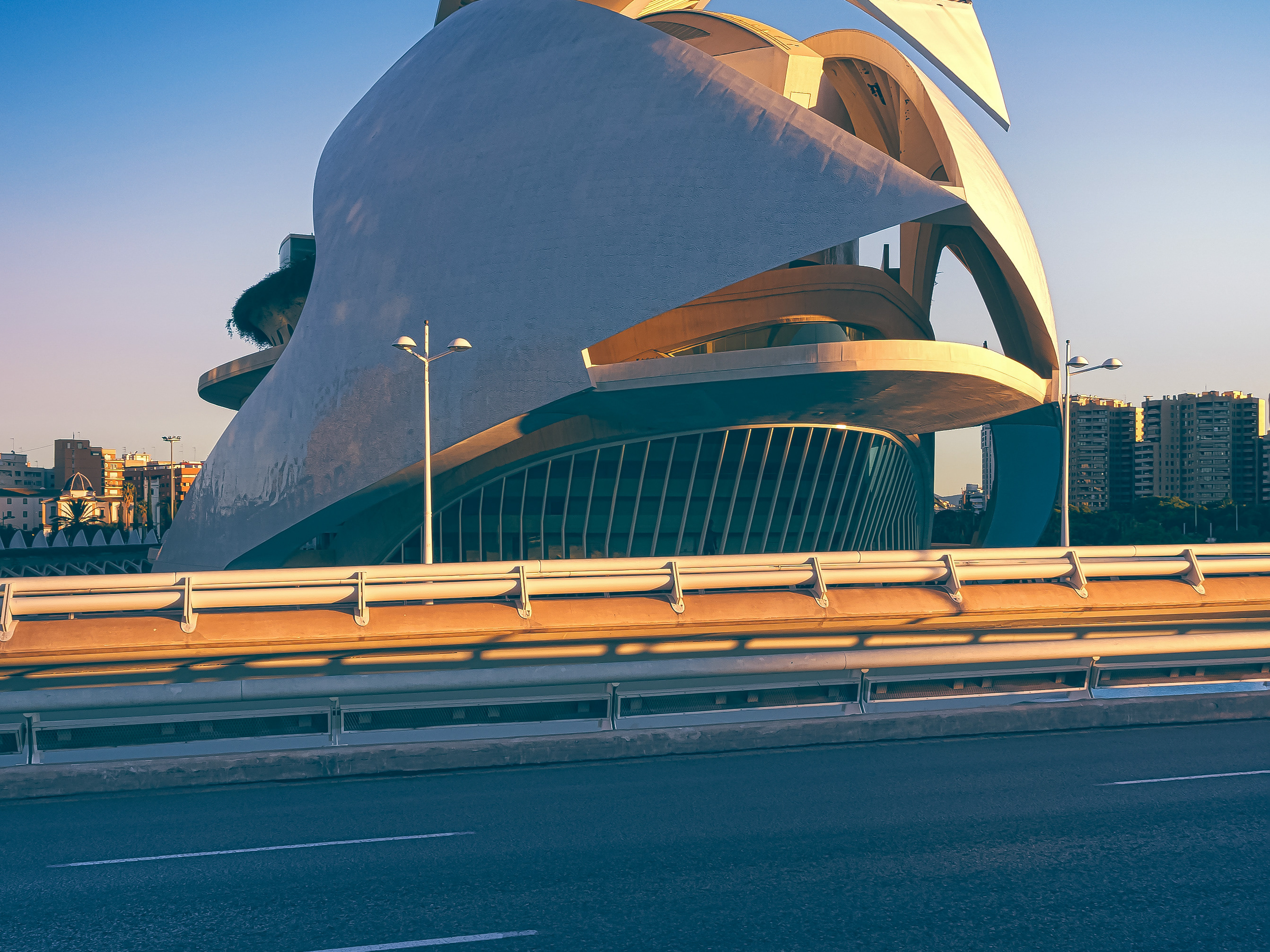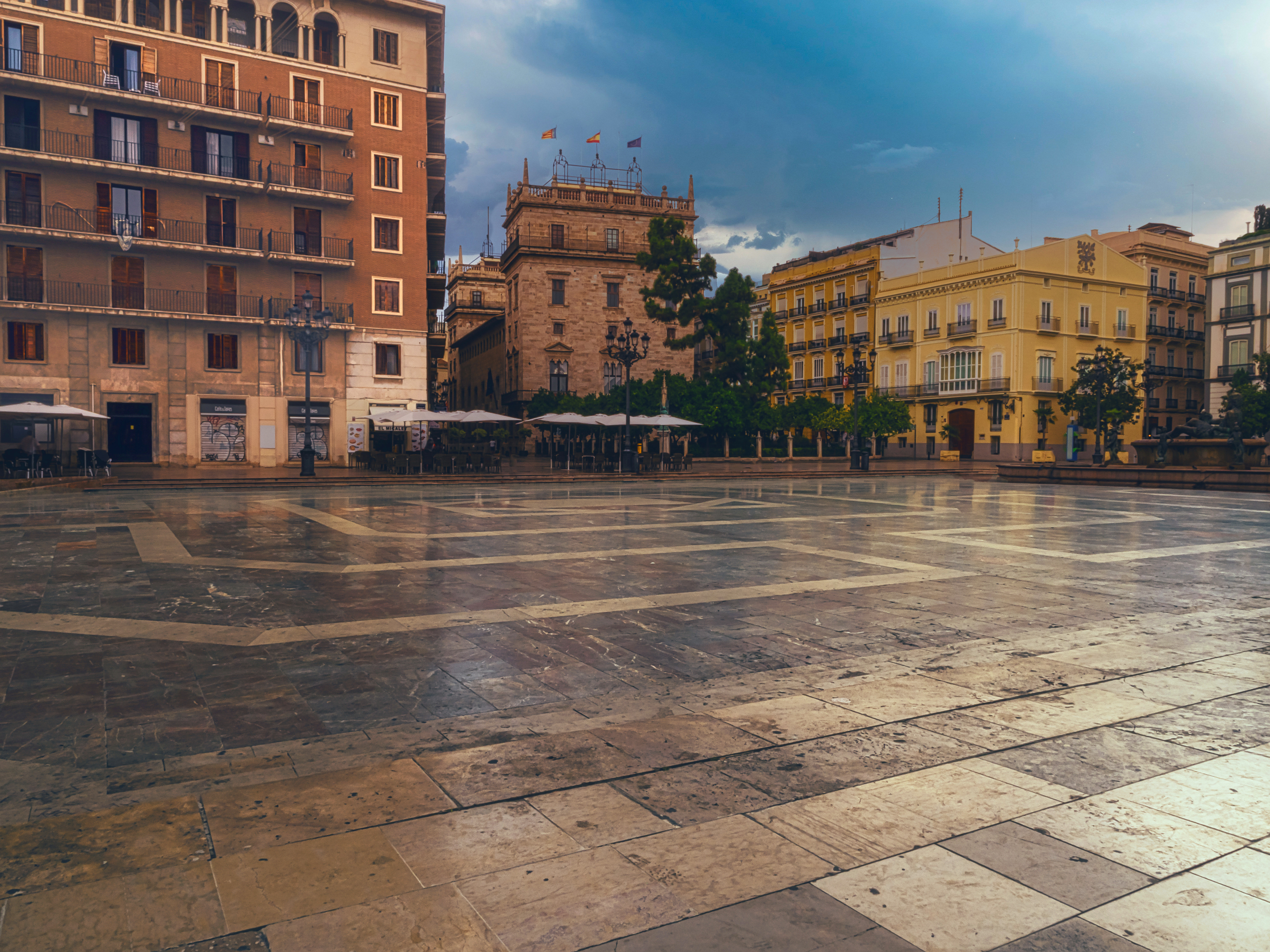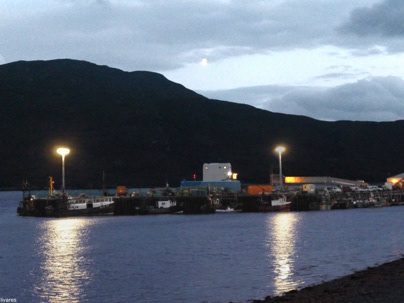Valencia City Hall in-Ayuntamiento de Valencia.
Valencia was founded by the Romans as a colony in the year 138 a. C., being consul Décimo Junio Bruto Galaico, and was named Valentia Edetanorum.
Several centuries later, in 711, the Muslims occupied the city contributing their language, religion and customs, such as the introduction of irrigation systems and the introduction of new crops. In 1238 the Christian king Jaime I of Aragon reconquered the city, and distributed the lands among the nobles who helped him conquer it, as testified in the Llibre del Repartiment, as well as created a new law for the city, the Fueros of Valencia, which were extended to the rest of the kingdom of Valencia.
In the eighteenth century, Felipe V repealed the privileges as punishment for the kingdom of Valencia for aligning with the Austracists in the war of Spanish succession. In 1982, Valencia was established as the capital of the current Valencian Community, as stated in the Statute of Autonomy.
Valencia City Hall in-Ayuntamiento de Valencia.
these chairs look in front of City Hall in-Plaza del Ayuntamiento.
Ruzafa Walk — en Plaza del Ayuntamiento.
The last tourists go to the Train Station.
Summer is over, you finish the last chapter of that book, you say goodbye to new friends ...
Tomorrow the city will be full of people who return to their jobs,
Summer is over, you finish the last chapter of that book, you say goodbye to new friends ...
Tomorrow the city will be full of people who return to their jobs,
their homes and their routines.
The end of summer is like the end of a good book.
The end of summer is like the end of a good book.
North Station, Railway Station in-Estación del Norte.
North Station, Railway Station in-Estación del Norte.
Tower of the Old Post Office Building in Spain, Valencia in-Plaza del Ayuntamiento.
Old Post Office Building in Spain, Valencia in-Plaza del Ayuntamiento.
Business Athenaeum (showroom) in-Plaza del Ayuntamiento.
To San Vicente Mártir Street in-Valencia.
To San Vicente Mártir Street in-Valencia.
Calle de la Abadía de San Martín — en Abadía De San Martín.
St's Martin Old Abbey and Church
Church of Santa Catalina and San Agustín in-Campanas Santa Catalina Valencia.
The parochial church of Santa Catalina and San Agustín, located on the street de la Mare de Deu de Gràcia (Our Lady of Grace) number 5 of the city of Valencia, in Spain, is the church of the former convent of hermit friars of San Agustín settled in Valencia in the thirteenth century.
This convent of Valencian Gothic style had a cloister next to the church, occupying the current adjacent garden, with sixteen arches per band. In the seventeenth century another cloister was built to the north side, and the former one was raised on one floor. During the War of Independence it served as a barracks for French troops in 1812. The temple was renovated in 1815. After the confiscation of 1836 the convent units were used as a prison until their demolition in 1904, leaving only the church open to worship.
This convent of Valencian Gothic style had a cloister next to the church, occupying the current adjacent garden, with sixteen arches per band. In the seventeenth century another cloister was built to the north side, and the former one was raised on one floor. During the War of Independence it served as a barracks for French troops in 1812. The temple was renovated in 1815. After the confiscation of 1836 the convent units were used as a prison until their demolition in 1904, leaving only the church open to worship.
The Miguelete in-El Miguelete.
The Miguelete Tower is the bell tower of the Valencia Cathedral. It is known as El Miguelete (14th century).
The construction of the tower begins in 1381 and ends in 1429. Due to its complexity and long years of construction, it was directed successively by several construction masters; being the first Andrés Juliá, since 1381.2 Others were José Franch (1396), Pedro Balaguer (1414, builder of the Serranos Towers); until Martín Llobet (1425), the last of the architects who intervened in the construction. Subsequently the bulrush (1660-1736) was added.
The Micalet is a tower of Valencian Gothic style, 3 is 51 m high to the terrace, which measures its perimeter, and 63 m in total. It is shaped like an octagonal prism and has 207 steps.
The construction of the tower begins in 1381 and ends in 1429. Due to its complexity and long years of construction, it was directed successively by several construction masters; being the first Andrés Juliá, since 1381.2 Others were José Franch (1396), Pedro Balaguer (1414, builder of the Serranos Towers); until Martín Llobet (1425), the last of the architects who intervened in the construction. Subsequently the bulrush (1660-1736) was added.
The Micalet is a tower of Valencian Gothic style, 3 is 51 m high to the terrace, which measures its perimeter, and 63 m in total. It is shaped like an octagonal prism and has 207 steps.
The Miguelete in-El Miguelete.
Tower of the Miguelete is located in the Plaza de la Reina in Valencia.(The Queen Square)
The Miguelete is the bell tower of the Valencia Cathedral. Its construction began in 1381 and finished in 1429. It is a total of 70 meters high with 207 steps. It is one of the most visited monuments in the city.
You can visit every day of the year by purchasing the ticket.
In the Miguelete there are three rooms: the prison, the bell and the bells. The latter is the only one that can be visited if it matches the bells during the visit. Find out more about the bells of the Cathedral.
The Miguelete is the bell tower of the Valencia Cathedral. Its construction began in 1381 and finished in 1429. It is a total of 70 meters high with 207 steps. It is one of the most visited monuments in the city.
You can visit every day of the year by purchasing the ticket.
In the Miguelete there are three rooms: the prison, the bell and the bells. The latter is the only one that can be visited if it matches the bells during the visit. Find out more about the bells of the Cathedral.
The Plaza de la Reina in-Plaza De La Reina, Valencia.
The Plaza de la Reina is one of the busiest and busiest squares in Valencia, Spain.
In it converge, among others, the streets Micalet, Pau, Avellanes, del Mar, de Cabillers, Sant Vicent Màrtir and Santa Catalina. And there is the baroque door of Los Hierros, which gives access to the Cathedral of Valencia.
Cathedral of Santa Maria de Valencia in- Catedral Basilica De Santa María De Valencia. Santo Grial De Valencia.
The Metropolitan Cathedral-Basilica Church of the Assumption of Our Lady of Valencia, popularly called La Seu in Valencian, is the seat of the archbishopric of Valencia and is dedicated at the request of Jaime I - following the tradition of the 13th century - to the Assumption of Mary. It was consecrated in 1238 by the first bishop of Valencia after the Reconquest, Fray Andrés de Albalat.
Valencian Gothic is the predominant constructive style of this cathedral, although it also contains elements of Romanesque, French Gothic, Renaissance, Baroque and Neoclassical.
Inside, the Holy Chalice is venerated, dated from the first century, and given to the cathedral by King Alfonso the Magnanimous in 1436.
It contains some of the first and best Quattrocento paintings of the entire Iberian Peninsula, which arrived from Rome through artists hired by Alexander VI. This last Valencian Pope, while still Cardinal Rodrigo de Borja, made the request to raise the Valentina headquarters to the rank of Metropolitan, a category that was granted by Pope Innocent VIII in 1492.
Valencian Gothic is the predominant constructive style of this cathedral, although it also contains elements of Romanesque, French Gothic, Renaissance, Baroque and Neoclassical.
Inside, the Holy Chalice is venerated, dated from the first century, and given to the cathedral by King Alfonso the Magnanimous in 1436.
It contains some of the first and best Quattrocento paintings of the entire Iberian Peninsula, which arrived from Rome through artists hired by Alexander VI. This last Valencian Pope, while still Cardinal Rodrigo de Borja, made the request to raise the Valentina headquarters to the rank of Metropolitan, a category that was granted by Pope Innocent VIII in 1492.
The Basilica of the Virgen de los Desamparados Old Town in- Real Basilica Valencia.
The Basilica of the Virgen de los Desamparados is located in the highest area of the city of Valencia.
Thus configuring, together with the cathedral, one of the most significant enclaves of the historical center of the city. Specifically, it is located in the Plaza de la Virgen, in front of the allegorical Fountain of the Turia River and its ditches (Rascanya, Tormos, Mestalla, Mislata, Rovella, Favara, Benàger and Faitanar and Quart).
Basilica and Square of the Virgin,Old Town in- Real Basilica Valencia.
Two of its doors face this square, and a third gives the passage that separates the basilica from the Cathedral, both joined by an upper arch. In this third door there is a lattice window through which the interior can be seen when the basilica is closed and the enlightened Virgin can be seen. Excavations in La Almoina indicate that the area where the Basilica is located corresponds to the Roman forum of the city of Valencia. In fact, various ashlars of the main facade of the Basilica are tombstones and inscriptions from the Roman era.









